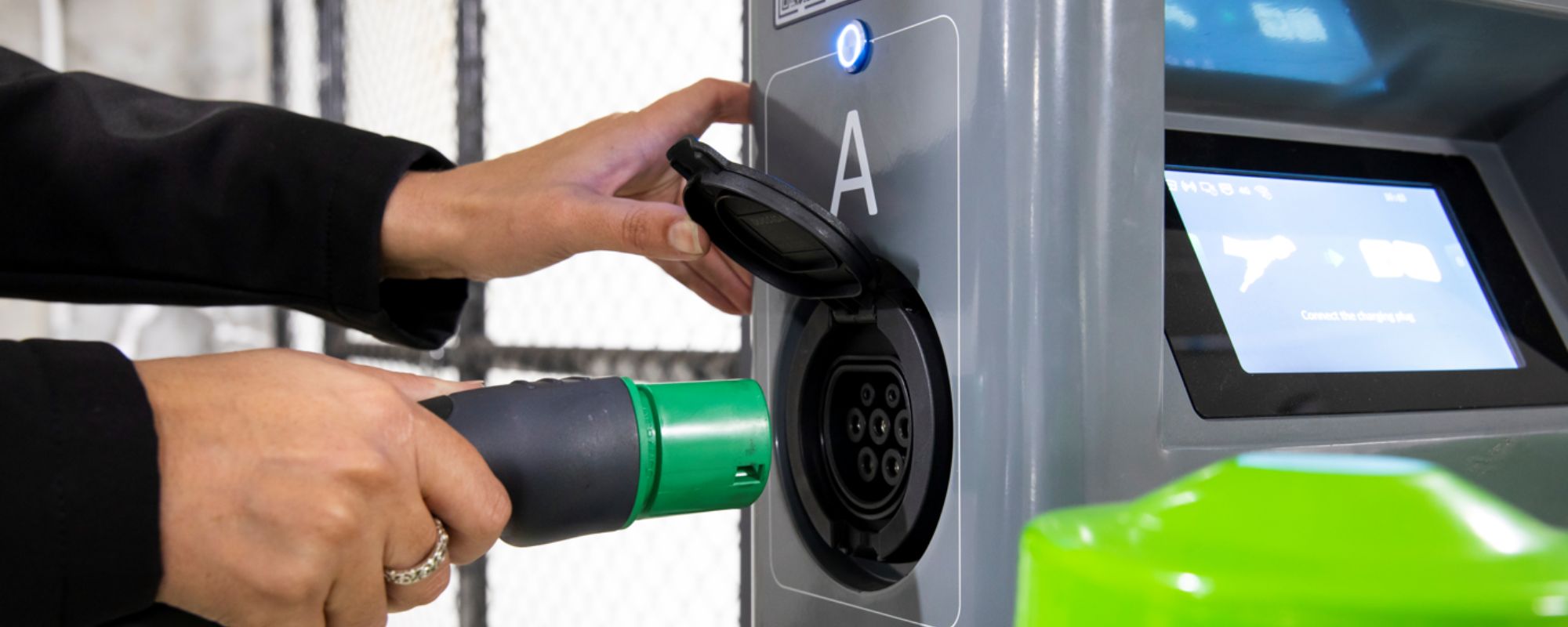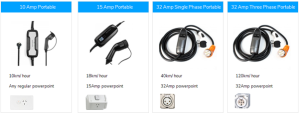Charging Your Electric Car in Public

Electric vehicles (EVs) are the biggest change in the automotive industry in the last century. A fundamental shift from internal combustion to battery-powered vehicles. Whether you currently own an EV or are looking into buying one it is important to understand how to access and use public charging stations.
Currently, Australia is experiencing a surge of Electric Car Charging infrastructure. Therefore EVSE has created a guide explaining everything you need to know about plug type, networks, and charge speeds.
What Normally Comes with the Electric Car
When purchasing an electric car, there are several items that typically come with the vehicle to ensure a smooth charging experience. These may include a portable charging cable, also known as a Level 1 charger, which can be plugged into a standard household outlet. Some electric cars may also come with a Level 2 charger that can be installed at home or work for faster charging times. Additionally, electric cars often come with an adapter that allows you to connect to different types of charging stations.
Another important component that comes with an electric car is the onboard charger. This device is responsible for converting the alternating current (AC) from the charging station into direct current (DC) that can be stored in the car’s battery. The capacity of the onboard charger varies depending on the model and can affect the charging speed of the vehicle.
Understanding Public Electric Car Charging Stations
Public electric car charging stations are essential for electric vehicle owners who need to recharge their vehicles while away from home or work. These stations are strategically located in various public areas such as shopping centres, parking lots, and rest stops to provide convenient access to charging infrastructure.
Public charging stations are equipped with different charging levels, including Level 2 and DC fast charging. Level 2 charging stations offer a moderate charging speed and are suitable for longer stops, such as during shopping or dining. On the other hand, DC fast charging stations provide a much faster charging rate, allowing electric car owners to quickly top up their batteries during shorter breaks.
To use a public charging station, electric car owners often need to have an account with a charging network or a mobile app that provides access to multiple charging stations. This account allows users to start and stop charging sessions, monitor charging status, and handle payment.
How to Locate and Use Public Charging Stations
Finding public charging stations is now easier than ever thanks to various online platforms and mobile apps. These tools provide real-time information about the location, availability, and compatibility of charging stations in your area.
To locate a public charging station, simply open a charging network app or use a popular mapping app such as PlugShare that includes charging station data. Enter your destination or browse the map to find nearby charging stations. Once you have selected a station, follow the directions to reach the location.
When you arrive at the charging station, make sure to park your electric car in the designated charging spot. Connect your car to the charging cable, ensuring that the plug is securely inserted into both the car and the charging station. Activate the charging session using your charging network account or app, and wait for the car to begin charging. Remember to follow any specific instructions provided by the charging station operator for a seamless charging experience.
What Plug Types are Available

Electric cars come with different plug types, and it is important to know which plug type is compatible with the charging stations you plan to use. The most common plug types include:
- Type 1 (SAE J1772): This plug type is commonly used in North America and Japan.
- Type 2 (Mennekes): This plug type is widely used in Europe.
- CCS (Combined Charging System): This plug type combines the Type 2 connector with additional pins for DC fast charging.
- CHAdeMO: This plug type is primarily used for DC fast charging and is common in Asian countries.
Before purchasing an electric car, it is advisable to check the plug types supported by the vehicle and ensure compatibility with the charging infrastructure in your area.
Types of Chargers and Charging Speeds
There are different types of chargers available for electric car owners, each offering varying charging speeds. These include:
- Level 1 Charging: This is the slowest charging option and typically uses a standard household outlet. It provides an average charging speed of up to 10 kilometres of range per hour.

- Level 2 Charging: This option requires a dedicated charging station and offers a faster charging speed compared to Level 1. Level 2 charging can provide around 10 to 50 kilometres of range per hour, depending on the vehicle and charging station capacity.
- DC Fast Charging: Also known as Level 3 charging, DC fast charging provides the fastest charging speed available. It can add up to 80% of the battery’s capacity in around 30 minutes, making it ideal for long-distance travel or quick top-ups during a road trip.
The charging speed of an electric car also depends on the vehicle’s onboard charger capacity. It is important to consider the charging infrastructure available in your area and the charging speed required for your driving needs.
Costs Associated with Public Charging
While some public charging stations offer free charging, many require payment for the electricity consumed. The cost of public charging can vary depending on the charging network, location, and the type of charging station used.
Some charging networks offer subscription plans or membership programs that provide discounted rates for frequent users. Others may charge per kilowatt-hour (kWh) or per hour of charging. It is important to familiarise yourself with the pricing structure of the charging network or station before using it to avoid any surprises on your billing statement.
In addition to the cost of electricity, some charging stations may also require parking fees or additional fees for occupying the charging spot beyond the charging session. It is recommended to check the pricing details and any additional costs associated with public charging before initiating a charging session.
Etiquette and Best Practices at Public Charging Stations
When using public charging stations, it is important to follow proper etiquette and adhere to best practices to ensure a positive charging experience for everyone. Here are some guidelines to keep in mind:
- Respect Charging Time Limits: Some charging stations may have time limits to allow fair access for other electric car owners. Be mindful of these time limits and avoid overstaying your welcome.
- Park Responsibly: Only park in designated charging spots when actively charging your electric car. This helps prevent unnecessary congestion and ensures that other electric car owners can access the charging stations.
- Share Charging Stations: If multiple charging stations are available, try to occupy only one charging spot to allow others to charge their vehicles as well.
- Unplug When Charging is Complete: Once your car’s battery is sufficiently charged, promptly unplug the charging cable to free up the charging spot for others who may be waiting.
- Report Issues: If you encounter any issues with a charging station, such as a malfunctioning charger or damaged equipment, report it to the charging station operator or the appropriate authorities.
By following these etiquette guidelines, you can contribute to a positive charging experience and help create a sustainable electric vehicle community.
Have further questions? Contact us:
sales@evse.com.au
1300 406 210


